Clipart tagged: ‘common oysters’
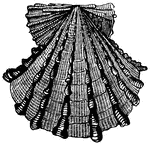
Pecten Foliaceus.
Smooth-shelled Pectens have colors that are frequently lively and brilliant. This is the Coral Pecten.
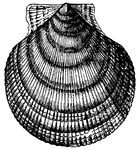
Pecten Islandicus (Chemnitz.)
Smooth-shelled Pectens have colors that are frequently lively and brilliant. This is the Northern Pecten.
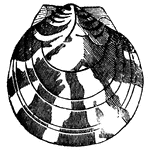
Pecten Pseudamussium (Chenu.)
"The Watered Pecten belongs to the scallop-shells. The shell is generally nearly circular, more or less…
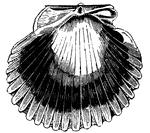
Pecten Purpuratus (Lamarck.)
Smooth-shelled Pectens have colors that are frequently lively and brilliant. This is the Purple Pecten.
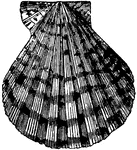
Pecten Tigris (Lamark.)
Smooth-shelled Pectens have colors that are frequently lively and brilliant. This is the Tiger Pecten.

Pinna Bullata (Swainson)
"The genus Pinna was so called from its resemblance to the plumelet which the Roman soldiers…

Pinna Nigrina (Lamarck)
"The genus Pinna was so called from its resemblance to the plumelet which the Roman soldiers…

Pinna Nobilis, with its byssus (Linnaeus)
"The genus Pinna was so called from its resemblance to the plumelet which the Roman soldiers…

Pinna Rudis (Linnaeus)
"The genus Pinna was so called from its resemblance to the plumelet which the Roman soldiers…
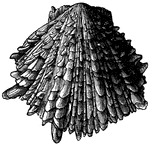
Spondylus Crassisquama (Lamarck.)
"The more remarkable species of the genus Spondylus; their valves are unequal."
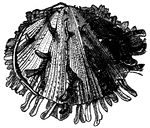
Spondylus Gaederopus (Lina.)
"The more remarkable species of the genus Spondylus; their valves are unequal."

Spondylus Imperialis (Chemn.)
"The more remarkable species of the genus Spondylus; their valves are unequal."
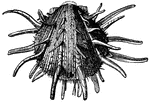
Spondylus Regius (Linn.)
"The more remarkable species of the genus Spondylus; their valves are unequal. A native of…